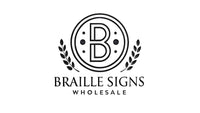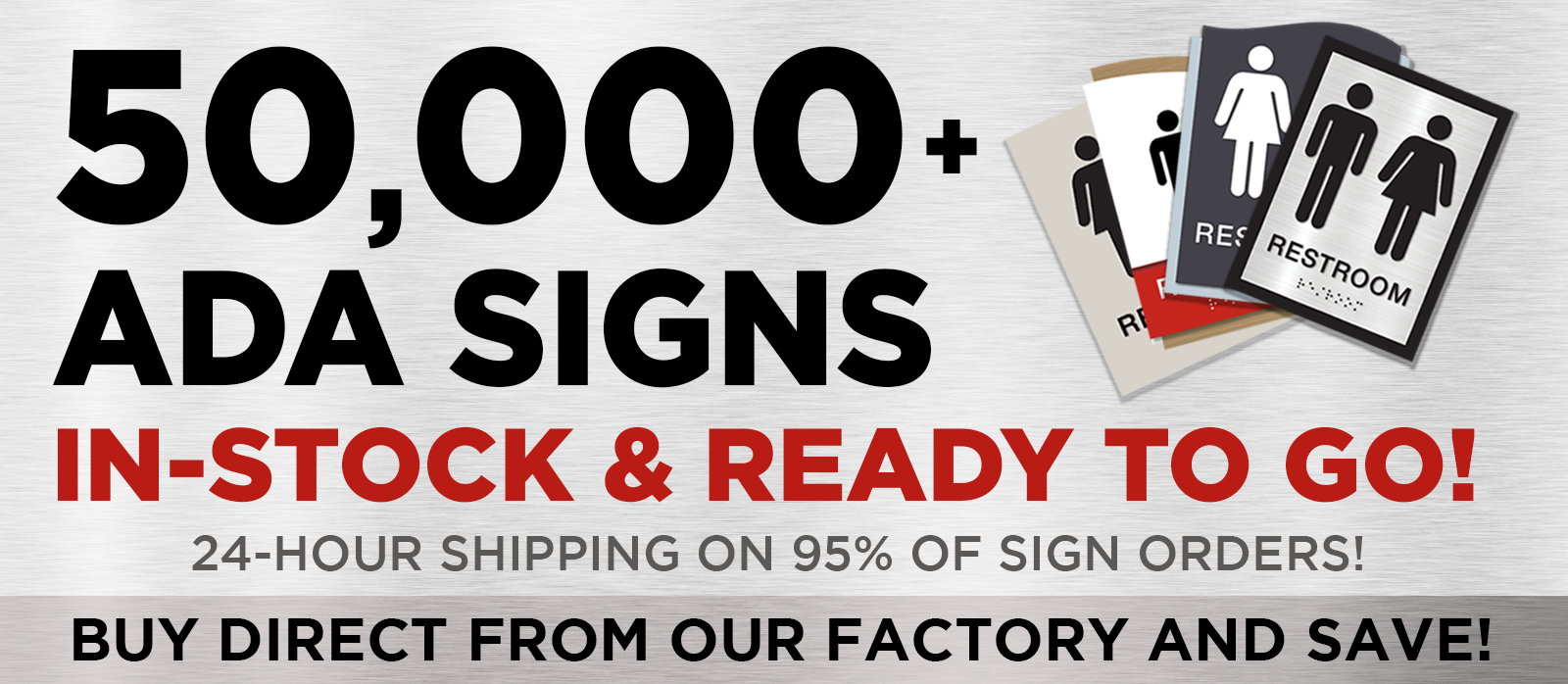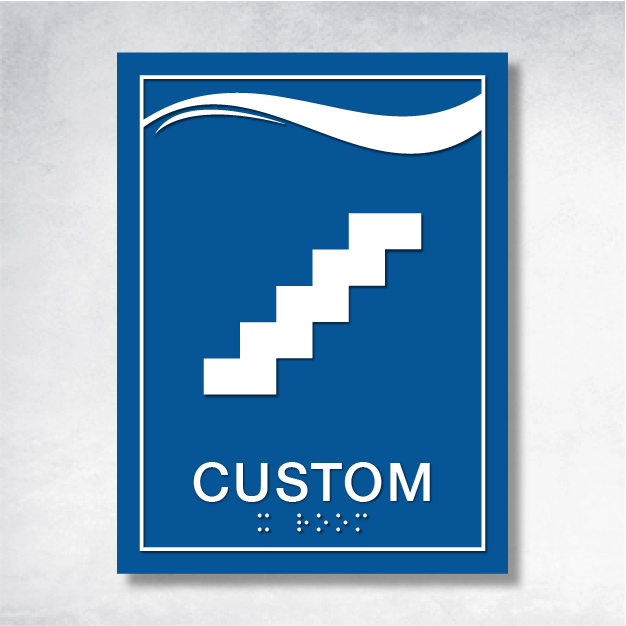Choosing the Right ADA-Compliant Signage for Your Facility
Creating an environment that welcomes everyone is more than just a legal checkbox; it’s about embracing inclusivity and ensuring that every individual can navigate your facility with ease. ADA-compliant signage is a cornerstone of this mission. Not only does it help you steer clear of legal pitfalls, but it also ensures that your space is accessible to those who depend on these vital navigational aids. Let’s explore how you can choose the right ADA-compliant signage for your facility, making it both accessible and legally sound.
The Art of ADA-Compliant Signage
Decoding ADA-Compliant Signage
ADA-compliant signage is a blend of tactile and visual elements crafted to assist individuals with disabilities. These signs must meet specific design, placement, and content standards to ensure universal accessibility. They feature raised characters, Braille, and pictograms, all meticulously designed to align with ADA guidelines.
Why Compliance Matters
Having ADA-compliant signage is more than just a legal requirement; it’s a testament to your commitment to inclusivity. It not only prevents legal issues but also enhances the usability of your facility, making it a more welcoming space for everyone.
The Essentials of ADA Signage
- Tactile and Visual Elements: Incorporate raised characters and Grade 2 Braille. Pictograms should be a minimum of 6 inches high.
- Size and Spacing: Text should range from 5/8 to 2 inches in height, with Braille positioned below text at appropriate spacing.
- Placement and Mounting: Install tactile signs 48 to 60 inches above the floor, while overhead signs should be at least 80 inches from the floor.
Crafting Your Signage: Tools and Materials
Creating effective ADA-compliant signage requires the right tools and materials. Opt for durable materials like acrylic or metal, which are ideal for both indoor and outdoor use. Design tools are crucial for ensuring compliance. For more insights, explore our product pages.
Your Guide to Selecting the Perfect Signage
Step 1: Evaluate Your Facility's Needs
Start by assessing the areas within your facility that need signage. Identify specific requirements for each location to ensure comprehensive coverage.
Step 2: Choose the Right Materials
Select materials that are durable and offer high contrast between text and background for improved readability. Non-glare finishes are recommended to prevent reflective surfaces that can impair visibility.
Step 3: Design and Personalize Your Signage
Work with specialists to ensure your signage design adheres to ADA standards. Steer clear of decorative fonts and ensure proper Braille spacing to maintain compliance.
Step 4: Proper Installation and Placement
Adhere to guidelines for mounting height and location to ensure accessibility. Ensure that signs are mounted within the specified height requirements.
Pro Tips for Success
Avoid common mistakes like using decorative fonts and incorrect Braille spacing. Consistency in signage throughout the facility enhances user experience and compliance.
Navigating Challenges: Common Problems and Solutions
Troubleshooting Tips
Common errors in signage selection and installation include incorrect mounting heights and insufficient contrast. Address these by closely following ADA guidelines and consulting with experts when needed.
Your Questions Answered
- What are the key elements of ADA-compliant signage?
- How can I ensure my signage meets standards?
- What materials are best for outdoor signage?
Dive Deeper: Additional Resources
For more information, visit our ADA Signs for Hotels and ADA Signs for Offices pages. Additionally, review the ADA Standards for Accessible Design for comprehensive guidelines.
A Commitment to Inclusivity
Ensuring your facility's signage is ADA-compliant is vital for accessibility and legal compliance. By following this guide, you can make informed decisions about your facility signage, enhancing accessibility for everyone. We encourage you to assess your current signage and make necessary updates to ensure compliance and inclusivity.
Implementing ADA-compliant signage not only fulfills legal obligations but also showcases your dedication to accessibility and inclusivity, creating a welcoming environment for all.
Relevant Links from BrailleSignWholesale
- ADA Signs for Hotels - Explore ADA-compliant signage solutions tailored for hotels, ensuring accessibility and compliance.
- ADA Signs for Offices - Discover customizable ADA-compliant office signage that enhances accessibility and branding.
- Key Features of ADA Signs - Learn about the essential features of ADA signs, including compliance and design options.
- Epsilon Corridor Sign B - 8" x 8" - A customizable passage sign that meets ADA guidelines.
- Epsilon Stair ID Sign - 6" x 8" - Stylish and durable stair ID sign with Grade 2 Braille for ADA compliance.









